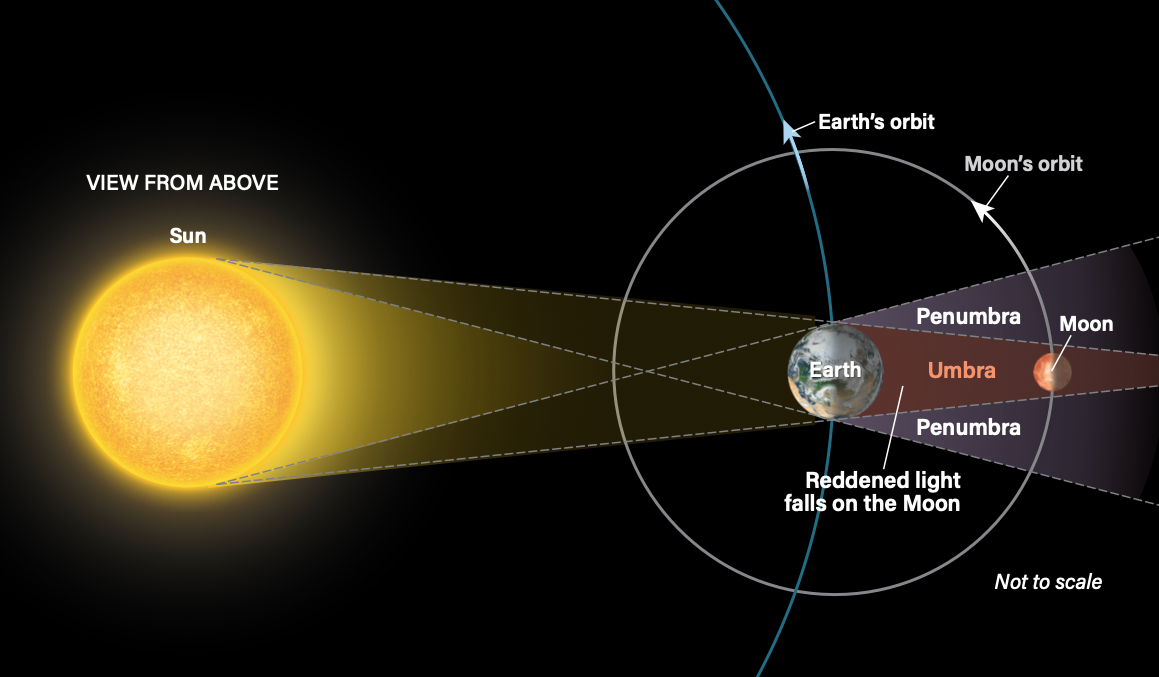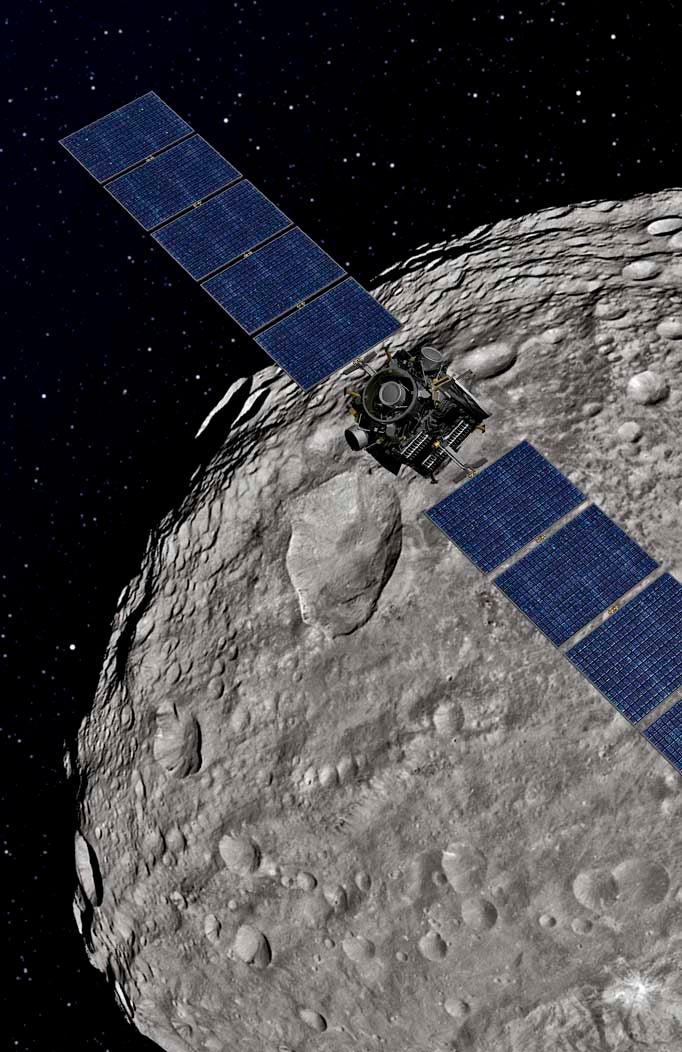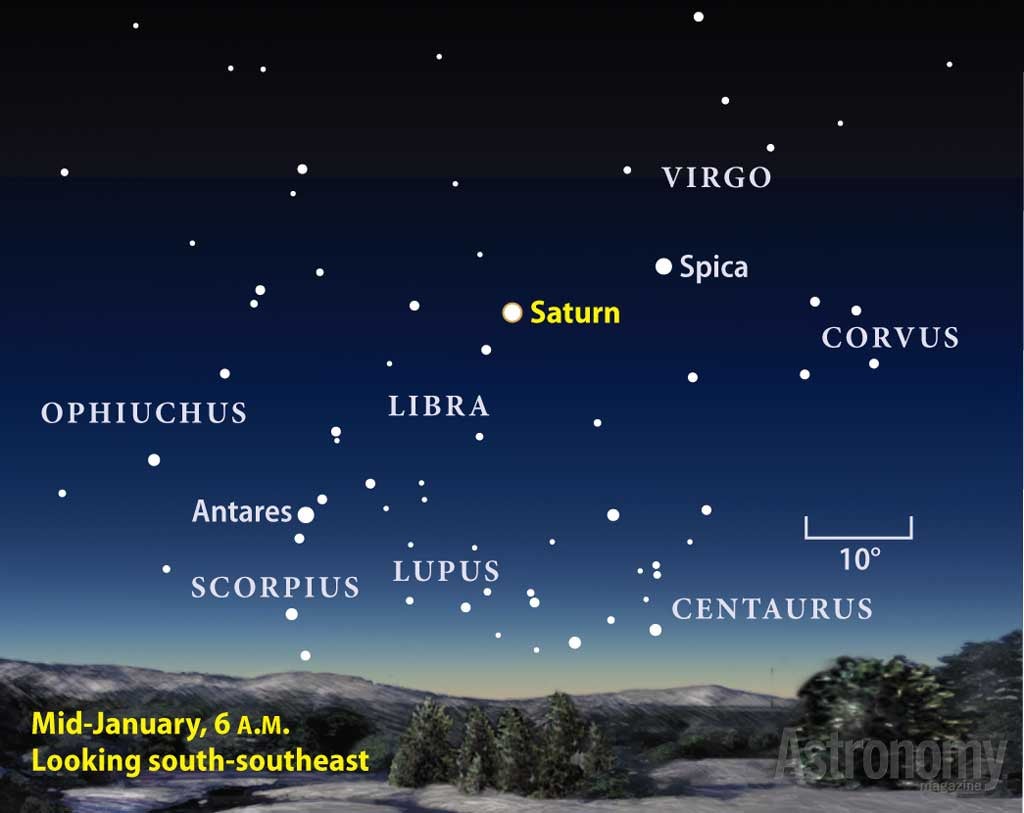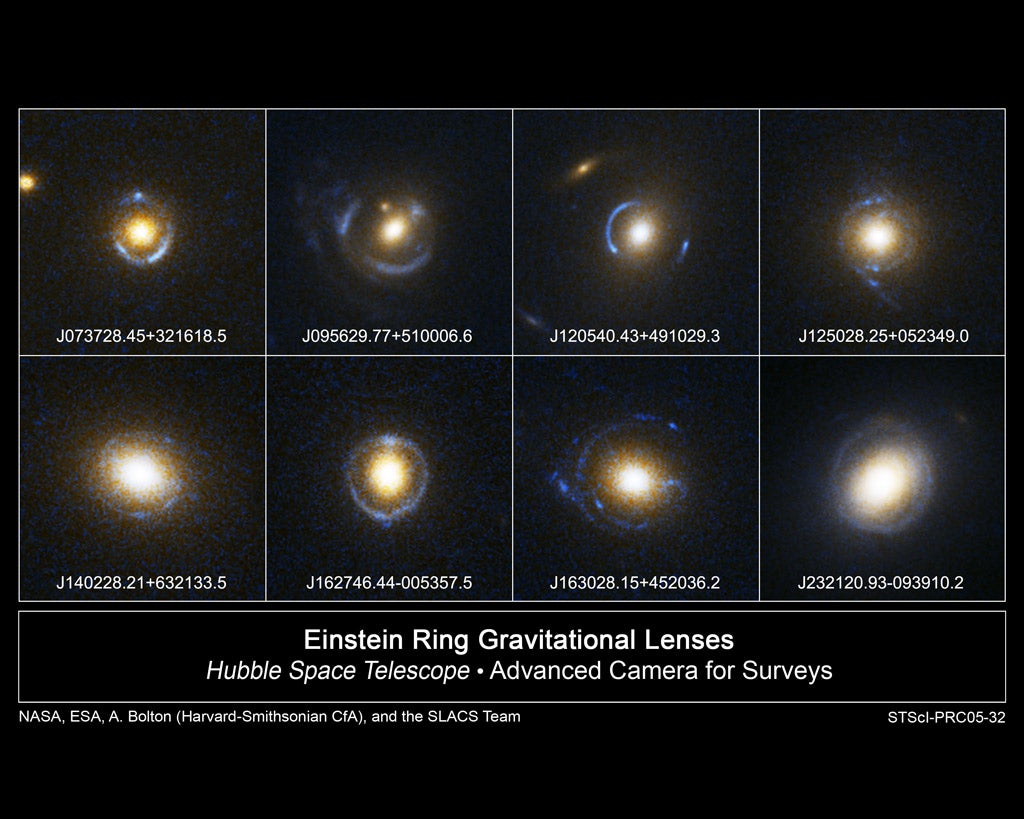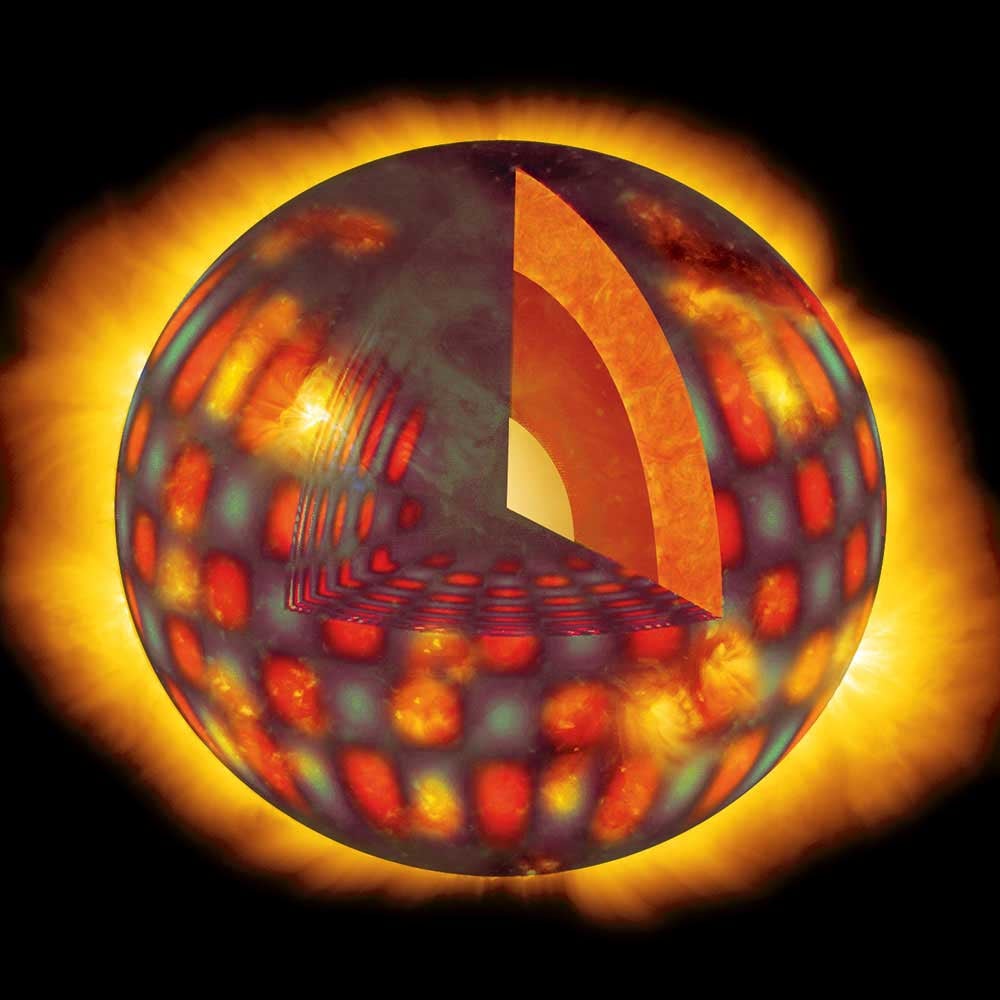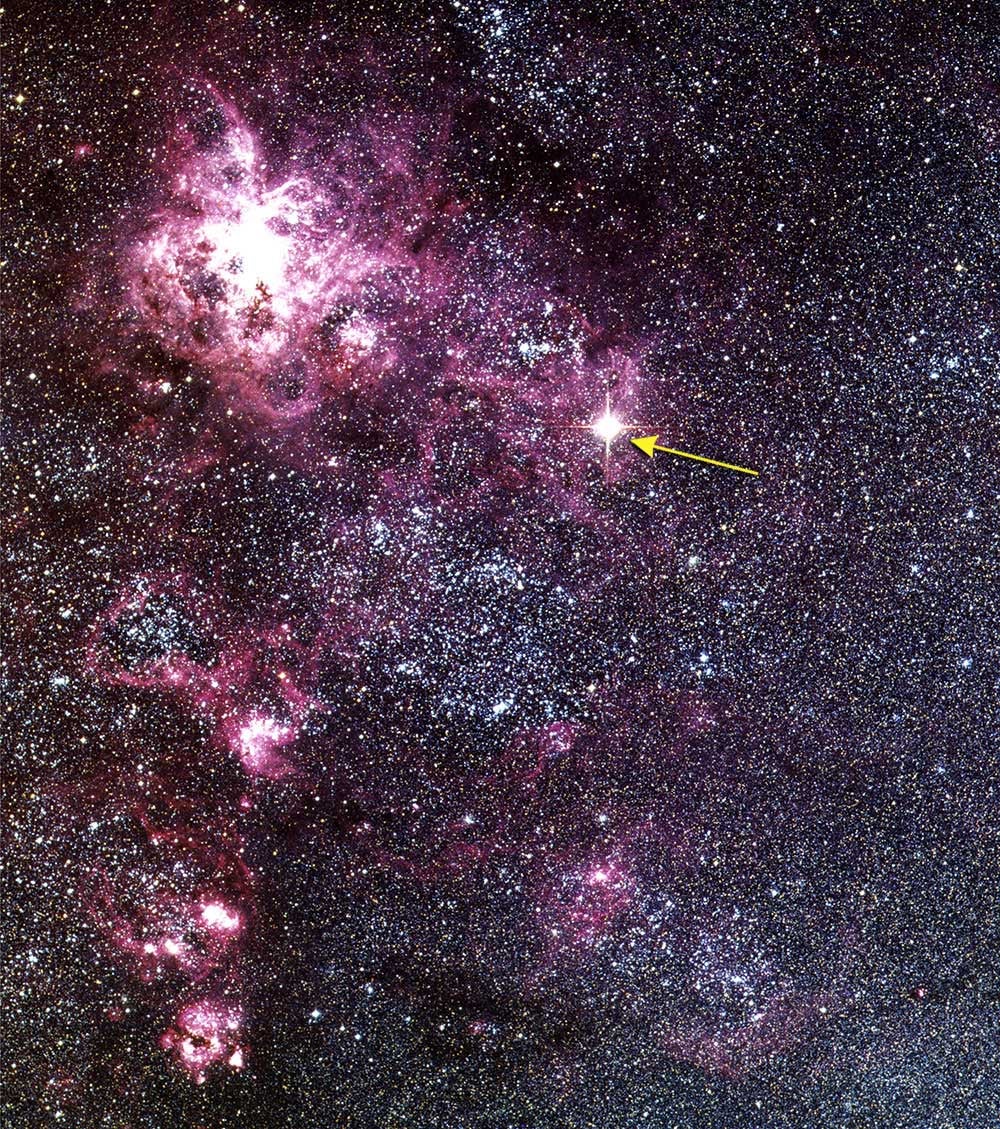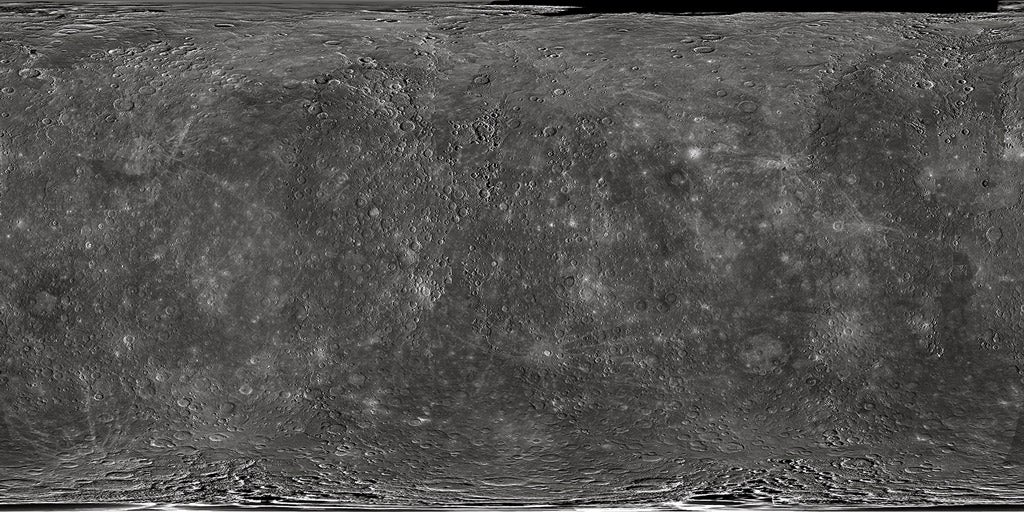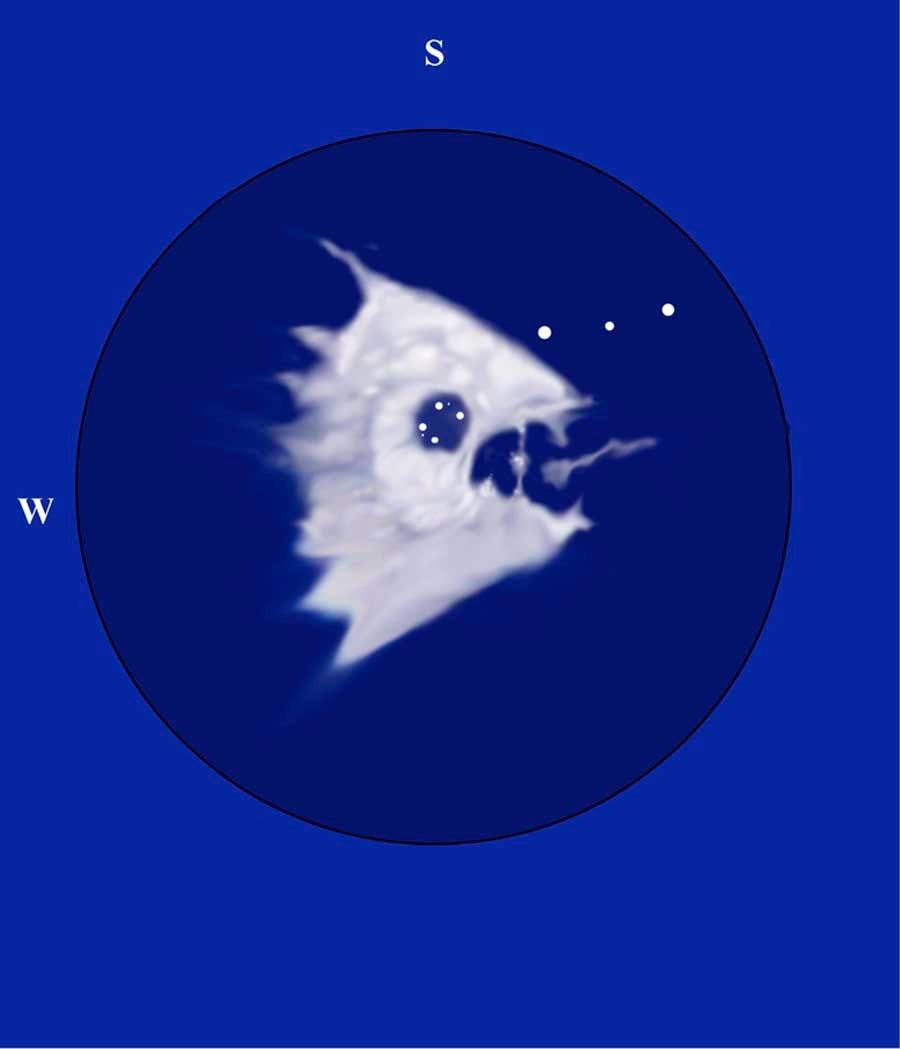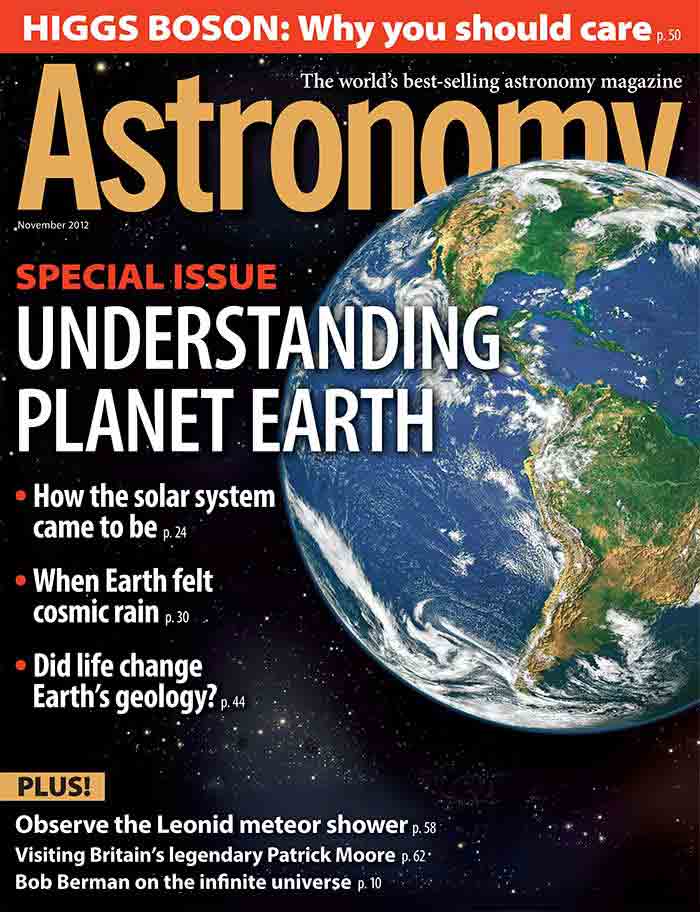
November 2012
The world's best-selling astronomy magazine offers you the most exciting, visually stunning, and timely coverage of the heavens above. Each monthly issue includes expert science reporting, vivid color photography, complete sky coverage, spot-on observing tips, informative telescope reviews, and much more! All this in an easy-to-understand, user-friendly style that's perfect for astronomers at any level.
Features
How the solar system came to be
The Sun and its planets likely formed in a nebula containing between 1,000 and 10,000 stars, one of which exploded as a supernova less than 1 light-year away.
Web Extra: Birth of a solar system
Planets form from the dusty disks surrounding newborn stars
When Earth felt cosmic rain
Some 4 billion years ago, tens of thousands of space rocks slammed into the inner solar system. The Moon’s surface holds hints to deciphering what happened in a treacherous 200-million-year stretch.
Web Extra: Understanding the Nice model
This computer simulation gives scientists hints as to why the solar system looks the way it does.
Did life change Earth’s geology?
Scientists have discovered that a single episode called the Great Oxygenation Event created the spectacular diversity of minerals we have on Earth.
Web Extra: The first solar system minerals
Mineralogists so far have discovered the following 11 minerals in presolar grains.
Why you should care about the Higgs boson!
What the big discovery means to you.
Web Extra: Birthplace of the new boson
Learn the details behind the Large Hadron Collider, the world’s biggest
machine and the site of the recent Higgs boson announcement.
Observe the Leonid meteor shower
All eyes will turn to the constellation Leo the Lion on November 17 as bits of comet burn through our skies.
Visting Britain’s legendary Patrick Moore
With countless books and a 55-year-old monthly TV program, Sir Patrick Moore is synonymous with the wonders of the cosmos and British eccentricity.
Web Extra: A knight’s catalog
Sir Patrick Moore compiled his Caldwell Catalog to fill in the missing
bright deep-sky objects from Charles Messier’s famous list.
Departments
The Sky this Month
StarDome and Path of the planets
In Every Issue
Letters
Astro News
Reader Gallery
Astro News
Reader Gallery
Web Talk
New Products
New Products




